Inside Isambard-AI: The UK’s most powerful supercomputer
Now officially inaugurated, Isambard-AI is intended to revolutionize UK innovation across all areas of scientific research
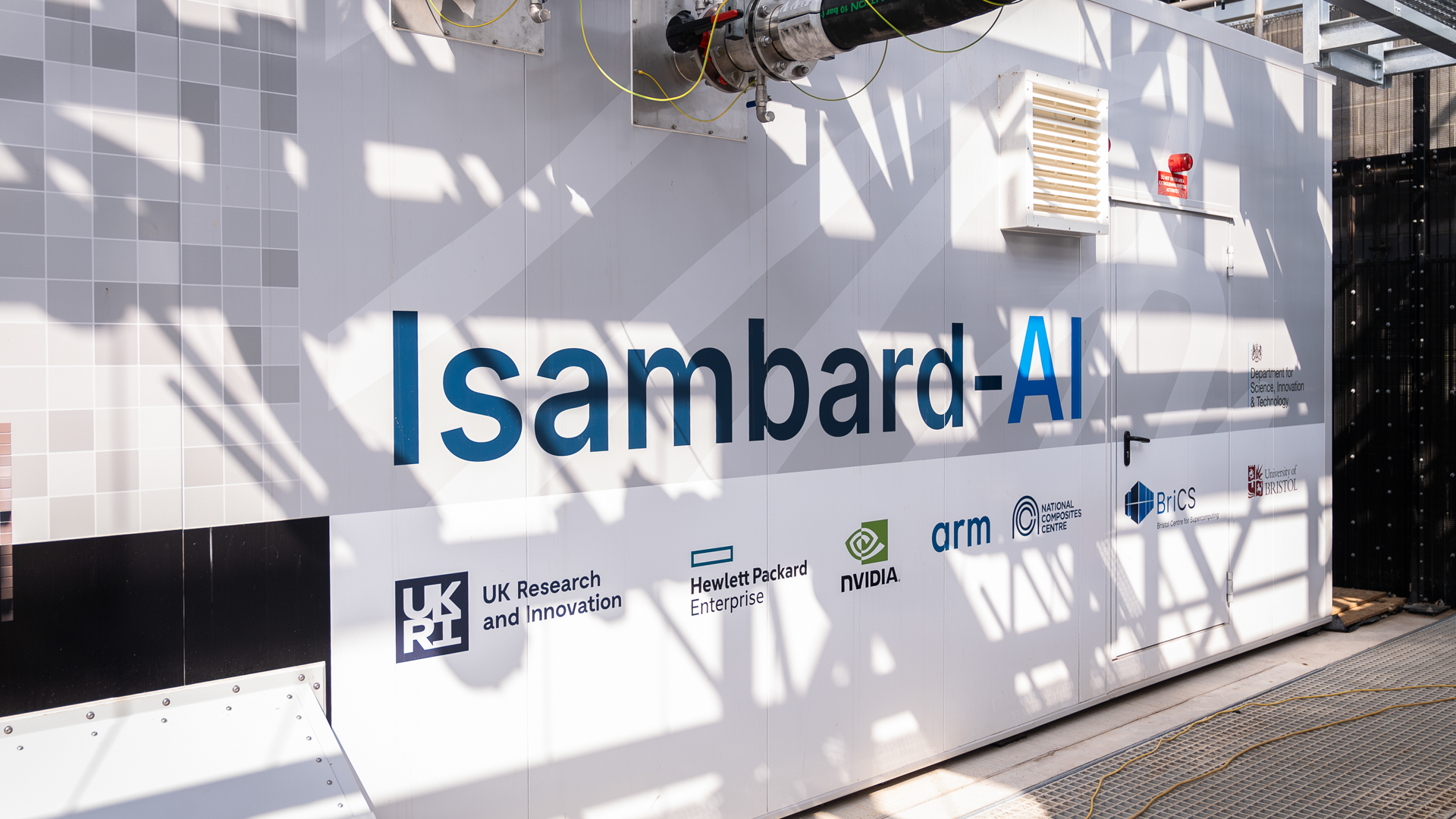

Just outside Bristol, in a controlled site surrounded by razor wire and the hum of giant cooling machines, sits the UK’s new fastest supercomputer. Newly-inaugurated, as of 17 July 2025, this is a machine intended to supercharge UK innovation, with the raw power to crack some of the most complex problems in science.
Isambard-AI, named after the 19th century engineering pioneer, Isambard Kingdom Brunel, is more powerful than the rest of the UK’s supercomputers combined. With 21 exaflops of AI performance and 216 petaflops of linpack performance, it ranks 11th globally and is intended to push the UK’s sovereign compute capacity into competitive territory.
ITPro was among the first media outlets in the world to get an inside look at Isambard-AI at its official inauguration ceremony inside the National Composites Centre (NCC).
The first thing you notice about Isambard-AI when you step inside its hall is how quiet the machine actually is. The 12 cabinets that make up the machine are packed to the brim with ‘blades’, each containing eight Nvidia GH200 Grace Hopper Superchips.
In all, Isambard-AI contains 5,448 of these GPUs, with an HPE Cray ClusterStor E1000 providing 25 petabytes of data storage and HPE Slingshot 11 interconnect allowing data to be shared at 200Gbits/sec.
“Isambard-AI places Bristol at the centre of the AI revolution, spearheading AI innovation and scientific discovery in important areas such as drug discovery and climate research,” said Simon McIntosh-Smith, professor of High Performance Computing at the University of Bristol and director of the Bristol Centre for Supercomputing.
“I’m incredibly proud of our team and how we’ve worked so closely with partners to develop this national facility which will establish Bristol and the UK as an international hub for AI research.”
Sign up today and you will receive a free copy of our Future Focus 2025 report - the leading guidance on AI, cybersecurity and other IT challenges as per 700+ senior executives
Record-breaking efficiency
Keeping Isambard-AI cool is no small feat: step back outside the data hall and you’re met with loud hybrid cooling towers, which use fans to cool down water that regulates the temperature inside via direct-to-chip cooling.
The site draws 5MW from its grid supply at the NCC, all of which is zero-carbon. This is partly what makes it one of the greenest supercomputers globally, ranked fourth on the Green500 list. But the cooling systems also feed directly into this, as they run 90% dry, reducing the overall water required for cooling.
This is something of a green coup in an industry that is increasingly battling immense data center water use, with Isambard-AI achieving a near-perfect power usage effectiveness (PUE) score of 1.1.
In the near future it could improve on this, with McIntosh-Smith revealing the NCC will soon be heated using waste heat from Isambard-AI, and that his team are working with South Gloucestershire Council to further distribute this heat to local businesses and homes.
Throughout the event, the team behind the project also stressed the importance of speed when it came to assembling Isambard-AI. If you delay too long, new hardware comes online that renders your expensive computing project less cutting-edge.
“We're thrilled to work very closely with our friends at Nvidia on some of the core accelerator technologies in these systems. But it's about how you put the whole system together,” said Neil MacDonald, EVP & GM, HPE Server Business.
“How you connect those technologies, how you power them, how you cool them, how you enable the team here at Bristol to deploy that technology so rapidly. Because if the technology is moving so quickly, the time to value, the time to science, the time to capability is critical.”

Neil MacDonald, EVP & GM, HPE Server Business, signing Isambard-AI to officially inaugurate it.
Isambard-AI has been years in the making, having been first announced in 2023.
The supercomputer was assembled offsite in six modules, with each cabinet built at the HPE factory in Czechia which were then moved into its data hall at the NCC in just 48 hours. From ideation to first computation, Isambard-AI took just two years to put together, far quicker than the four to five years a project of this scale would normally take.
MacDonald praised the “decisiveness” of the University of Bristol team and the UK government, adding that the HPE Cray EX supercomputer platform underpinning the system, as well as Slingshot 11, is the same technology underpinning the world’s three exascale supercomputers: El Capitan, Frontier, and Aurora.
He said this allows systems to be as scalable as possible, with potential for further build-out in the UK.
Building future supercomputers at this speed will require reliable access to chips such as Nvidia’s next-generation Blackwell GB200 chips, or future chips such as the upcoming Vera Rubin.
David Hogan, VP Enterprise EMEA at Nvidia, added that his team is in conversation with governments over access to chips and how to establish the right strategy for operationalizing compute infrastructure.
“This is about, ‘I need access to platforms’, how do you operationalize them? How do you then get access to the enablement of that, of those people, individuals, and organizations to take advantage of that, how they start to leverage software, how do you train people?”
A new scale of research and innovation
Allocation for Isambard-AI will be decided by the Department of Science, Innovation and Technology (DSIT). Researchers are awarded time on the machine for free and McIntosh-Smith stated that private businesses could bid for time at competitive rates, subject to DSIT approval.
ITPro was given an opportunity to see the work of select research teams who have secured time with Isambard-AI for their projects, including those working on the discovery of new materials for clean energy and for detecting prostate cancer using MRI scans.
The Rosalind Franklin Institute is using Isambard-AI to conduct analysis of placenta, both human and animal, to better understand how the structure of placenta impacts pregnancy health and why some diseases are found in specific animal groups but not others.
McIntosh-Smith added that Isambard-AI could train trillion-parameter LLMs in a matter of weeks and acknowledged that some models are already being trained on the machine.
These include Nightingale AI, a multimodal health model trained on NHS data by a team at Imperial College London, and BritLLM, a model developed by University College London intended to improve public services in all British languages including Welsh.
Isambard-AI was built to be as accessible to researchers as possible, without requiring extensive prior supercomputer experience.
“We actually designed the system so that people who are already maybe using public cloud can pretty much take their code, drop it straight onto Isambard-AI, and just run straight away,” explained McIntosh-Smith.

Just one Isambard-AI cabinet contains enough eNvidia GH200 Grace Hopper Superchips to outperform the ARCHER2 supercomputer.
The UK’s AI ambition
Isambard-AI is the cornerstone of the AI Research Resource (AIRR), a growing cluster of supercomputers for UK innovators and researchers. The other supercomputer in the cluster is Dawn, a 19 petaflop supercomputer based at the University of Cambridge, which was built with Dell and Intel technologies.
The cluster could expand further in the near future, with the government having recently announced £750 million for a new supercomputer at Edinburgh University which is expected to be an exascale system.
This is part of a recent about-turn on supercomputing, with the government having initially scrapped £1.3 billion in funding earmarked for the Edinburgh project and expansion of the AIRR in the immediate aftermath of the general election.
Along with its AI Action Plan, the government has now made UK sovereign compute a major focus. Earlier this year, prime minister Keir Starmer announced a goal of increasing the UK’s compute capacity twentyfold by 2030.
McIntosh-Smith told ITPro that this figure was set with Isambard-AI already in mind as the ‘current capacity’, meaning the supercomputer is just the starting point. He further suggested that Isambard-AI could expand in the coming years, with 30MW of power capacity available at the NCC and the National Grid checking to see if more can be secured.
Hogan echoes comments by Nvidia CEO Jensen Huang, made at London Tech Week, that the UK’s immense AI skill needs to be backed with more sovereign compute.
“You should see Isambard as, almost, an incubator for AI in terms of platform. People should come here and build their business and AI prove that out and then take that and take it into the world and build on other infrastructure and start to scale.”
In its lifespan, which is contracted for five years but could run to six or seven, the University of Bristol hopes that Isambard-AI will live up to these expectations and directly enable researchers to make major breakthroughs.
“The sovereign AI issue is real,” McIntosh-Smith told ITPro.
“As the geopolitical situation becomes more complicated it’s more and more real. Isambard is big enough [that] we could train ChatGPT, the latest versions, from scratch in the UK. We could not do that before.
“So if somebody wanted to say ‘You cannot access the latest AI large language models’, we could have been cut off. Now if that happened, we could train one from scratch in the UK, we know exactly what was run, what data went into it, and do it all here – the data would never have to leave the UK.”

Rory Bathgate is Features and Multimedia Editor at ITPro, overseeing all in-depth content and case studies. He can also be found co-hosting the ITPro Podcast with Jane McCallion, swapping a keyboard for a microphone to discuss the latest learnings with thought leaders from across the tech sector.
In his free time, Rory enjoys photography, video editing, and good science fiction. After graduating from the University of Kent with a BA in English and American Literature, Rory undertook an MA in Eighteenth-Century Studies at King’s College London. He joined ITPro in 2022 as a graduate, following four years in student journalism. You can contact Rory at rory.bathgate@futurenet.com or on LinkedIn.
-
 AWS says new ‘frontier agents’ will transform software development
AWS says new ‘frontier agents’ will transform software developmentNews A new class of AI agents promises days of autonomous work and added safety checks
-
 Channel focus: All you need to know about VMware's partner program
Channel focus: All you need to know about VMware's partner programChannel Focus Parent company continues to choose a fresh direction in a bid to increase partner capabilities and value to customers
-
 Nvidia just announced new supercomputers and an open AI model family for science at SC 2025
Nvidia just announced new supercomputers and an open AI model family for science at SC 2025News The chipmaker is building out its ecosystem for scientific HPC, even as it doubles down on AI factories
-
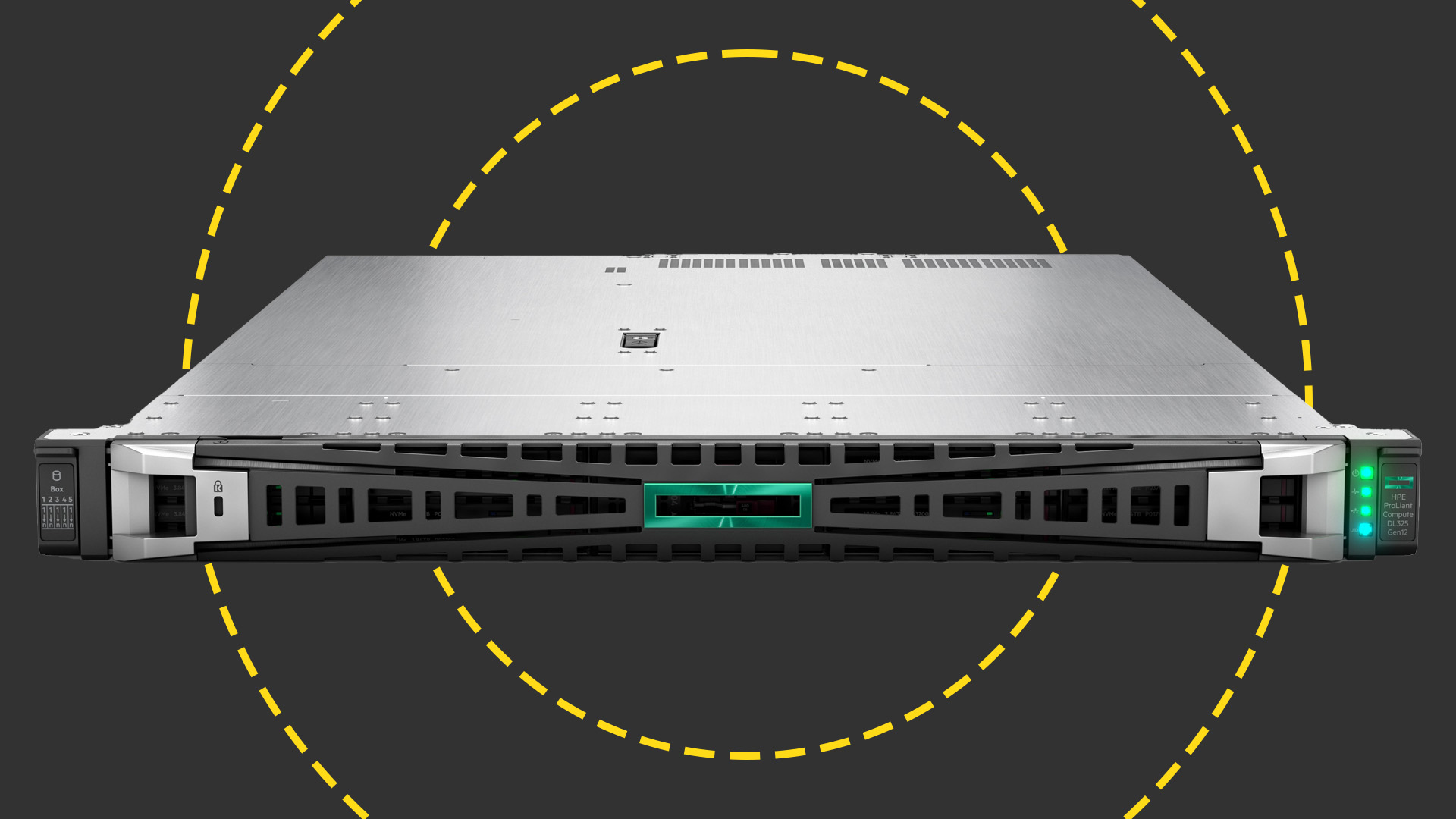 HPE ProLiant Compute DL325 Gen12 review: A deceptively small and powerful 1P rack server with a huge core count
HPE ProLiant Compute DL325 Gen12 review: A deceptively small and powerful 1P rack server with a huge core countReviews The DL325 Gen12 delivers a CPU core density and memory capacity normally reserved for expensive, power-hungry dual-socket rack servers
-
 US Department of Energy’s supercomputer shopping spree continues with Solstice and Equinox
US Department of Energy’s supercomputer shopping spree continues with Solstice and EquinoxNews The new supercomputers will use Oracle and Nvidia hardware and reside at Argonne National Laboratory
-
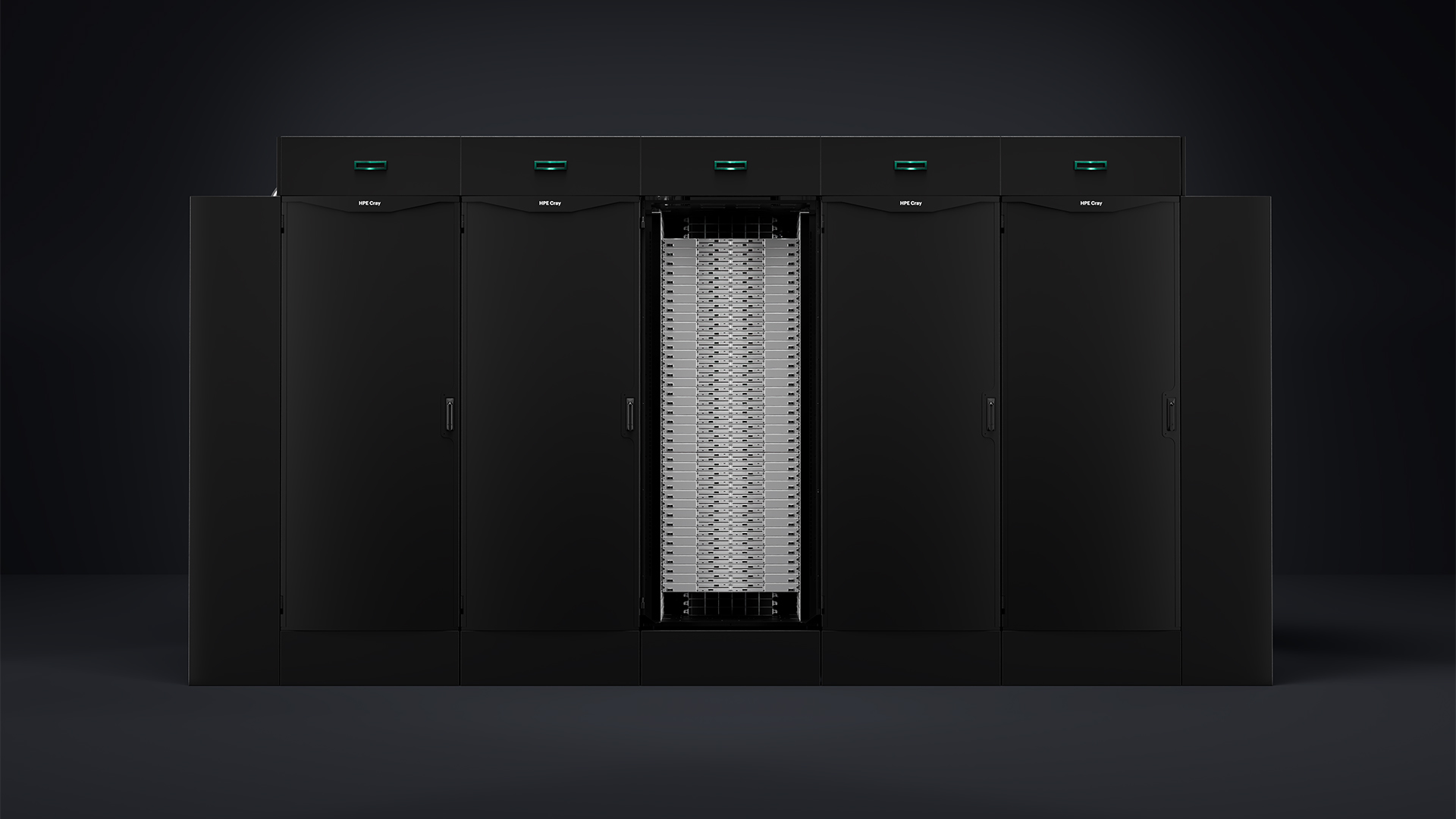 HPE's new Cray system is a pocket powerhouse
HPE's new Cray system is a pocket powerhouseNews Hewlett Packard Enterprise (HPE) has unveiled new HPC storage, liquid cooling, and supercomputing offerings ahead of SC25
-
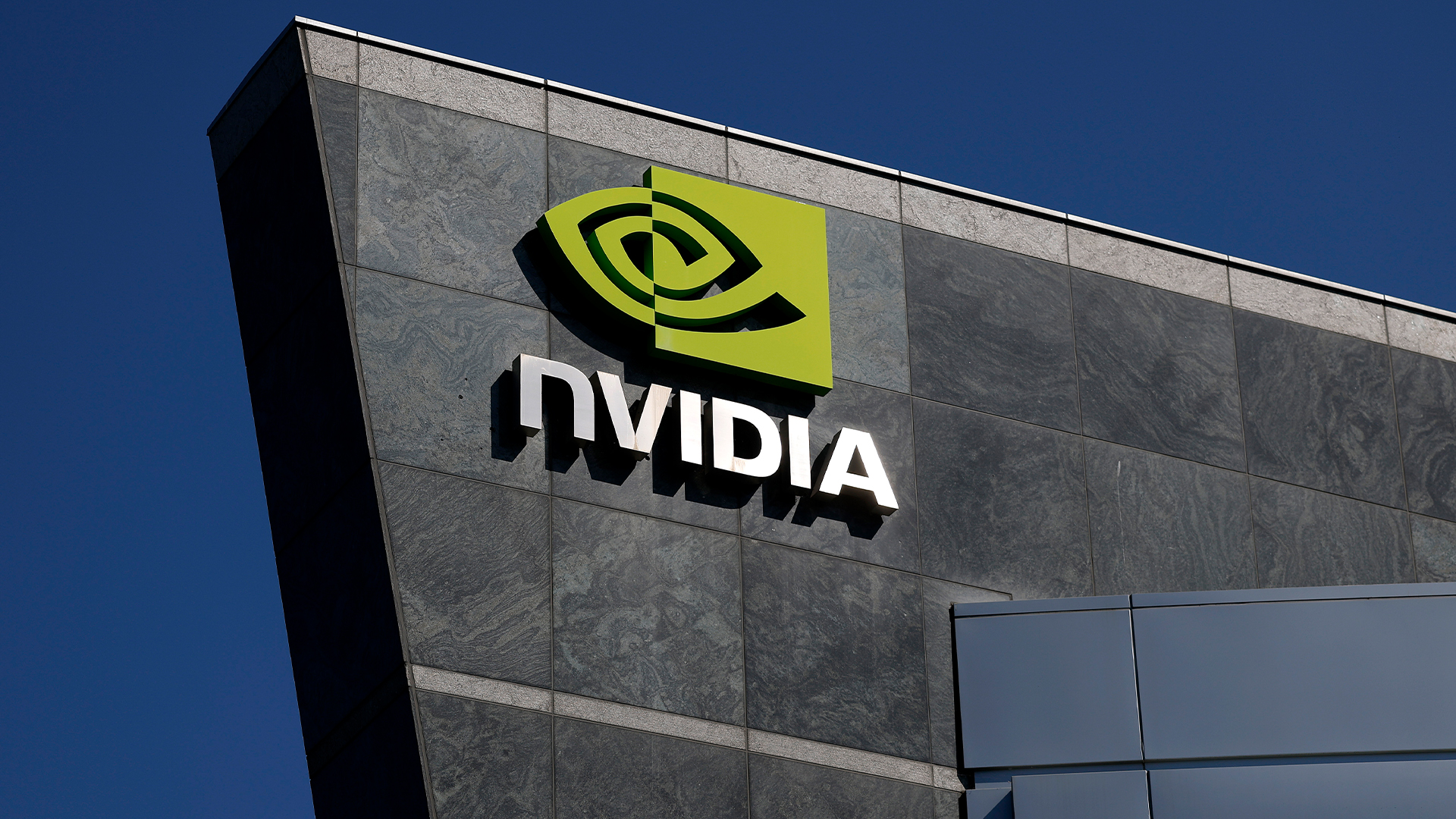 UK to host largest European GPU cluster under £11 billion Nvidia investment plans
UK to host largest European GPU cluster under £11 billion Nvidia investment plansNews Nvidia says the UK will host Europe’s largest GPU cluster, totaling 120,000 Blackwell GPUs by the end of 2026, in a major boost for the country’s sovereign compute capacity.
-
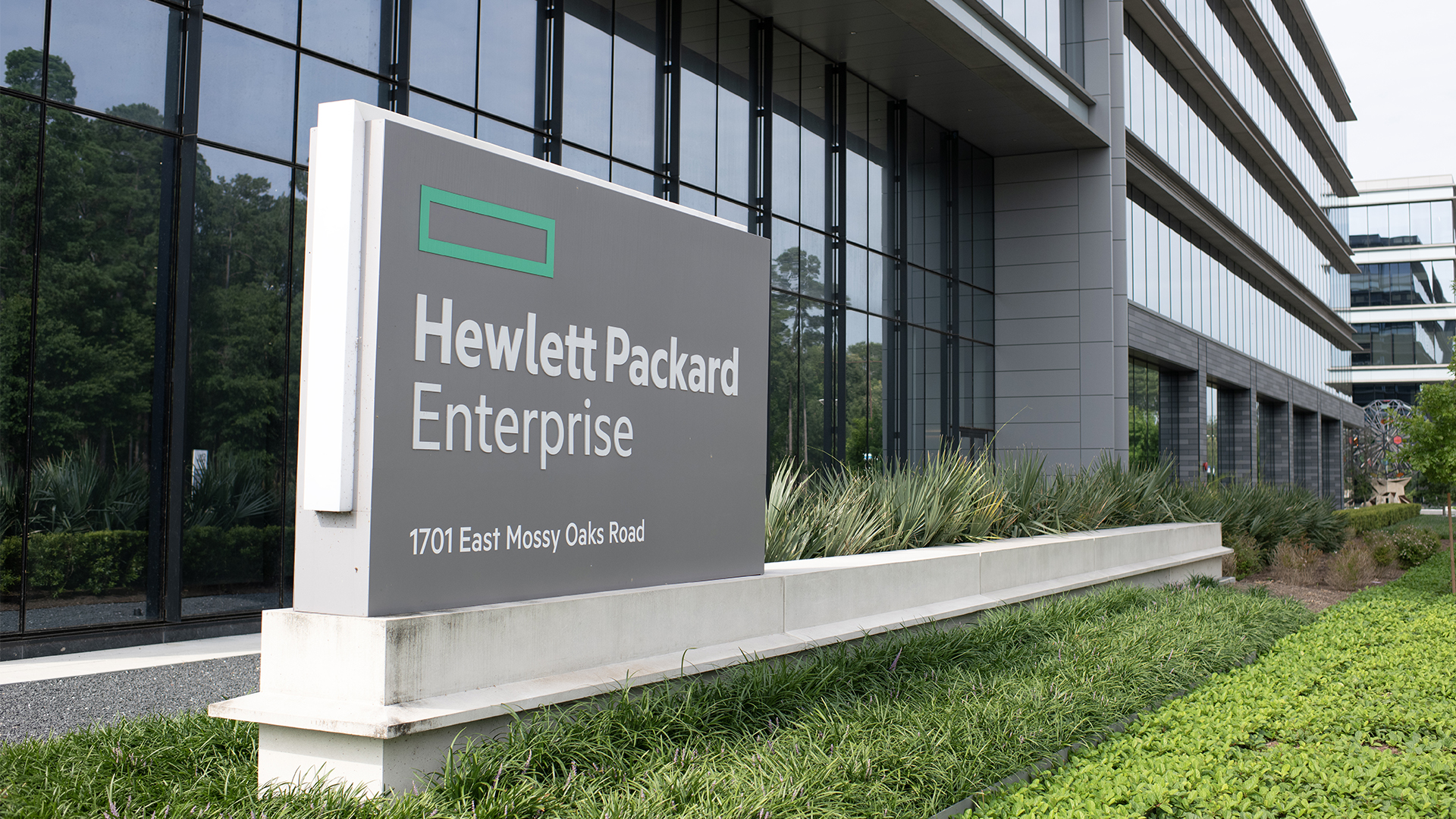 HPE forced to offload Instant On networking division and license Juniper’s AI Ops source code in DOJ settlement
HPE forced to offload Instant On networking division and license Juniper’s AI Ops source code in DOJ settlementNews HPE will be required to make concessions to push the deal through, including divesting its ‘Instant On’ wireless networking division within 180 days.
-
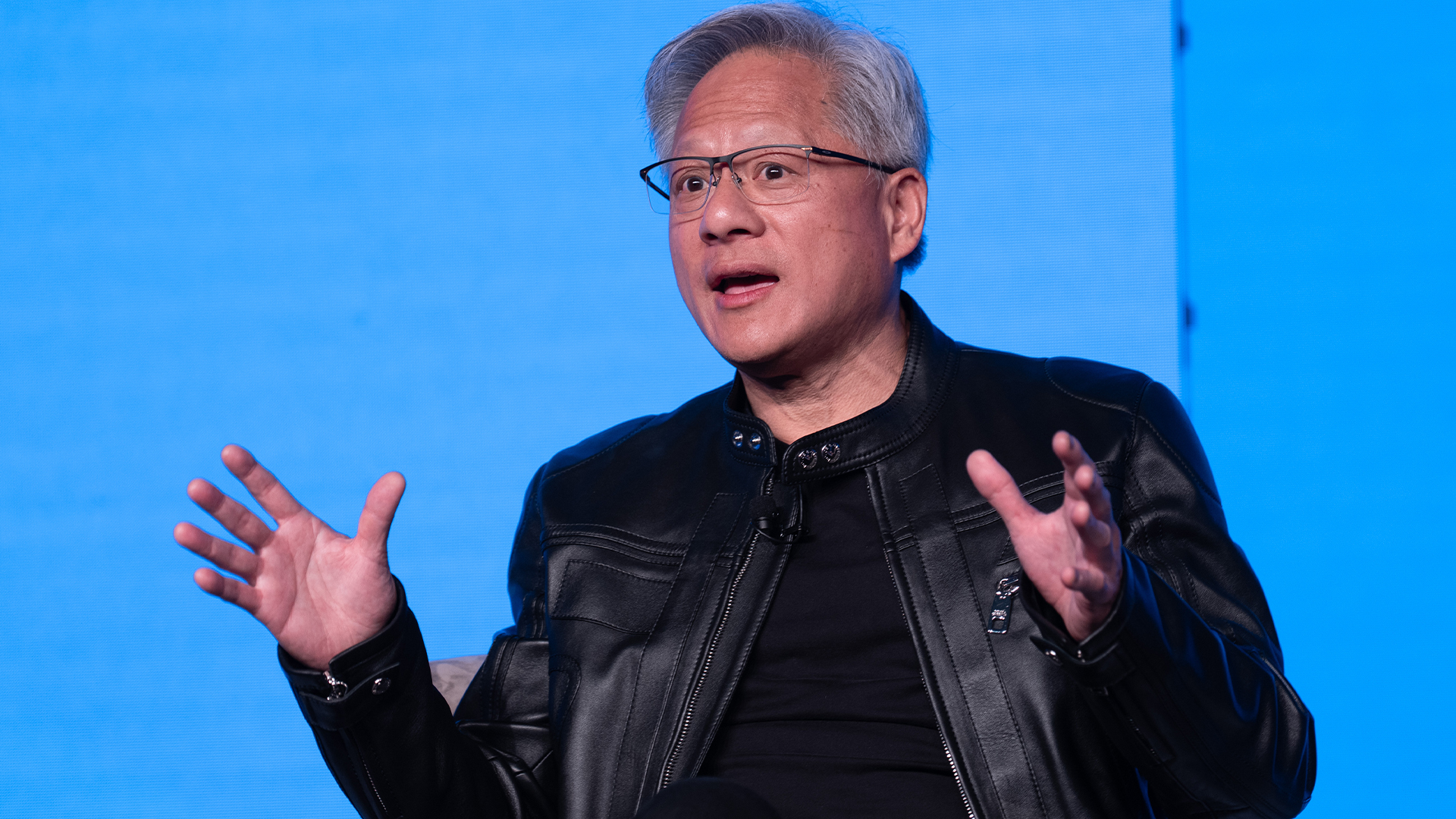 ‘This is the largest AI ecosystem in the world without its own infrastructure’: Jensen Huang thinks the UK has immense AI potential – but it still has a lot of work to do
‘This is the largest AI ecosystem in the world without its own infrastructure’: Jensen Huang thinks the UK has immense AI potential – but it still has a lot of work to doNews The Nvidia chief exec described the UK as a “fantastic place for VCs to invest” but stressed hardware has to expand to reap the benefits
-
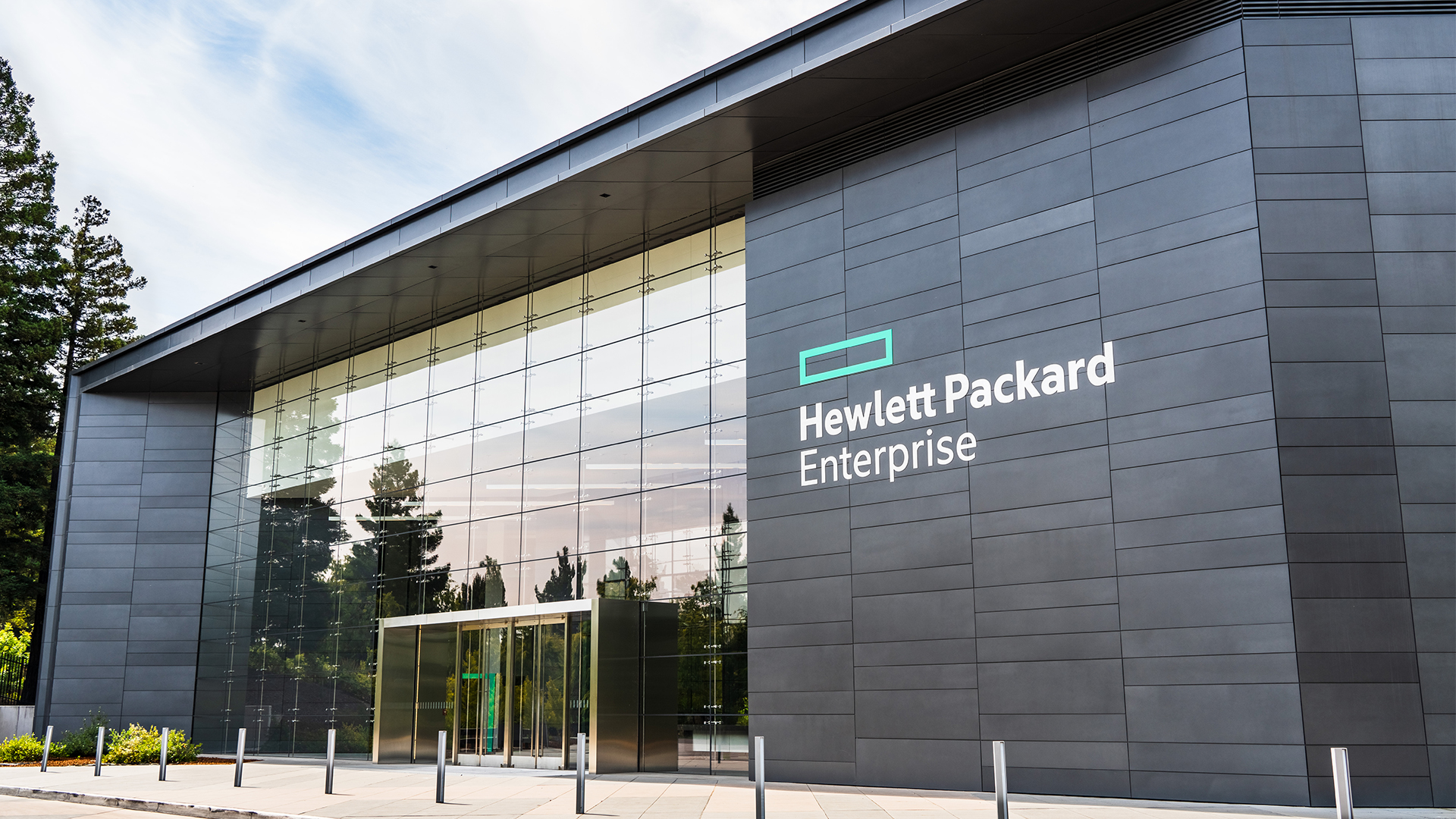 HPE eyes enterprise data sovereignty gains with Aruba Networking Central expansion
HPE eyes enterprise data sovereignty gains with Aruba Networking Central expansionNews HPE has announced a sweeping expansion of its Aruba Networking Central platform, offering users a raft of new features focused on driving security and data sovereignty.